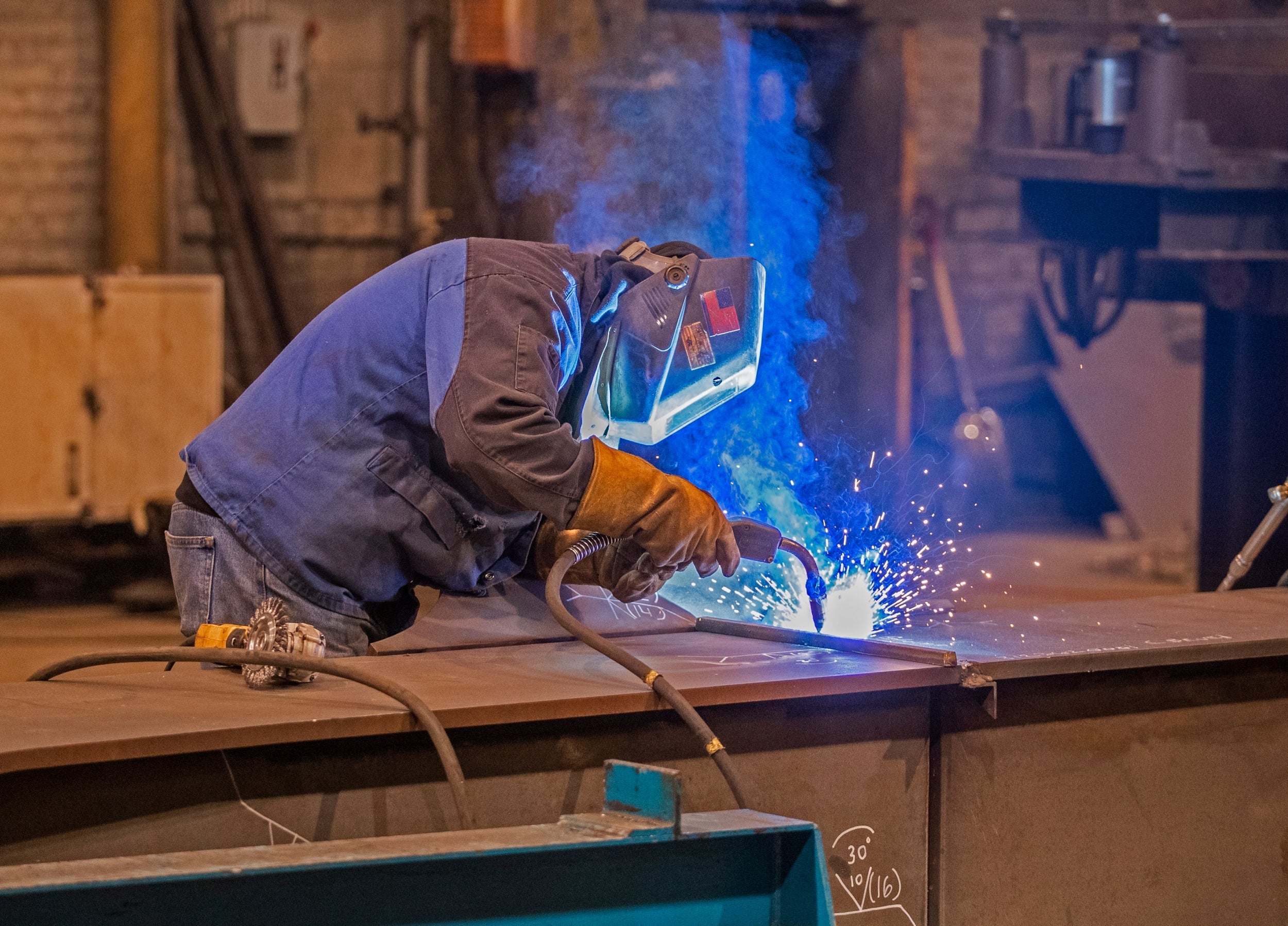US economy receives double New Year boost as manufacturing recovers and unemployment falls
Sustained improvement in factory output was supported by a solid rise in new business and a further upturn in production

The American economy received a double New Year’s boost from figures showing a continued recovery in the manufacturing sector and a drop in the number of unemployment claims.
The positive news, which came amid growing speculation that president Donald Trump will sign the first phase of a new trade deal with China, gave a lift to US stock markets.
A sustained improvement in factory output was supported by a solid rise in new business and a further upturn in production, according to the US manufacturing purchasing managers’ index (PMI). It posted 52.4 in December, down slightly from 52.6 in November but well above the 50.0 score that marks that separates expansion from contraction.
The final quarterly average of 2019 was in fact the strongest since the opening three months of the year. “The US manufacturing sector continued to recover from the soft patch seen in the summer, ending 2019 with its best quarter since the early months of [the year],” said Chris Williamson, chief business economist at IHS Markit that compiled the report.
Meanwhile claims for state unemployment benefits decreased 2,000 to a seasonally adjusted 222,000 for the week ending on Saturday 28 December, better than analysts’ expectations of a small rise to 225,000.
On Wall Street, traders welcomed the news as the market opened, with the S&P rising 0.5 per cent and the technology-rich Nasdaq index posting a 0.7 per cent rise. Markets were also buoyed by the decision by China's central bank on New Year’s Day to cut its Reserve Requirement Ratio by 0.5 percentage points in a move that will release 800bn renminbi (£87.1bn) into the banking system.
However, analysts said that further improvements in the US manufacturing sector would depend on the successful outcome of trade talks between Washington and Beijing.
The PMI survey showed that expectations for further increases in activity over the coming year remained relatively muted at the end of 2019. “Business sentiment about the outlook remains especially subdued compared to a year ago, reflecting ongoing worries about geopolitics and trade wars, especially the impact of tariffs,” Williamson said.
The impact of tariffs was evident via higher prices, with the rate of input price inflation — the cost of raw materials — accelerating to a nine-month high as firms reported that higher supplier costs and tariffs had driven prices up. The prices that firms charged also quickened to the joint fastest since February.
Hopes of a US/China trade deal were boosted on New Year’s Eve when Trump tweeted that he would sign what he called a “very large and comprehensive phase one” trade deal at the
White House on 15 January in the presence of high-level representatives from China. He said he would be going to Beijing “at a later date” where talks will begin on phase two.
Last month the US scrapped plans to impose a 15 per cent tariff on $156bn of products from China. In return, China suspended retaliatory tariffs of 5 to 10 per cent on a subset of $75bn of US products and delayed the re-imposition of 5 to 25 per cent tariffs on US autos and auto parts.
Subscribe to Independent Premium to bookmark this article
Want to bookmark your favourite articles and stories to read or reference later? Start your Independent Premium subscription today.

Join our commenting forum
Join thought-provoking conversations, follow other Independent readers and see their replies